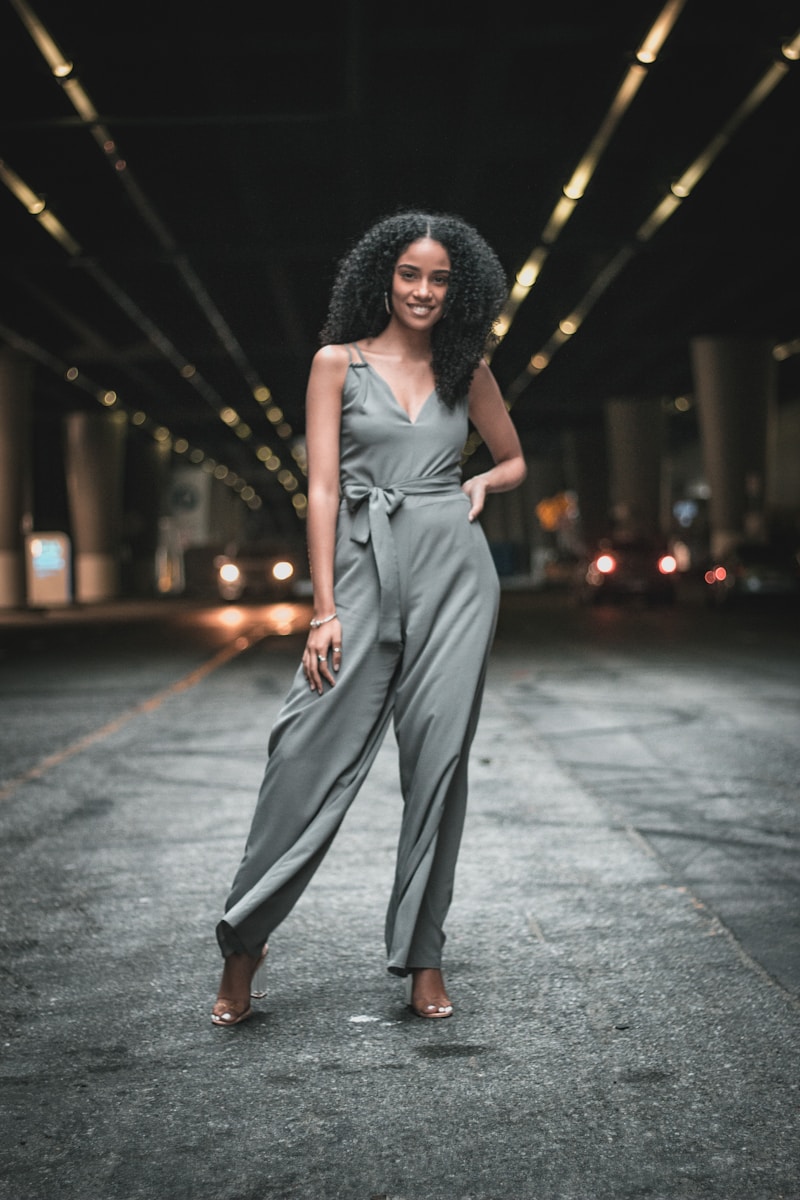How to Design a Wedding Dress: A Comprehensive Guide for Brides-to-Be
Designing your own wedding dress can be one of the most rewarding and exciting experiences leading up to your big day. Whether you want to reflect your personality, incorporate tradition, or create something entirely unique, knowing how to design a wedding dress is key. In this article, we will delve into the various aspects of wedding dress design, from inspiration and fabrics to color choices and custom fittings.
Finding Inspiration for Your Wedding Dress
Before you start the design process, it’s important to gather inspiration. Here are some avenues to explore:
- Fashion Shows: Attend or watch online bridal fashion weeks to understand current trends.
- Magazines and Blogs: Browse through bridal magazines or websites for ideas and styles.
- Social Media: Platforms like Pinterest and Instagram are treasure troves of wedding dress ideas.
Creating a Mood Board
Once you have gathered enough inspiration, create a mood board to consolidate your ideas. Use images of dresses, fabrics, and color swatches that resonate with you. This will serve as a reference throughout the design process and help you stay focused on your vision.

Choosing the Right Fabric
The fabric you select is crucial to the overall look and feel of your wedding dress. Different materials have distinct textures, weights, and draping qualities. Here are some popular fabric choices:
| Fabric | Description |
| Silk | Luxurious and smooth, silk drapes beautifully. |
| Lace | Delicate and intricate, lace adds a romantic touch. |
| Tulle | Light and airy, often used for skirts and overlays. |
| Chiffon | Soft and sheer, perfect for flowing silhouettes. |
| Organza | Stiff and crisp, great for structure and volume. |
When selecting fabric, consider the climate and season of your wedding. For summer weddings, lightweight fabrics like chiffon or tulle may be ideal, whereas heavier fabrics like satin or silk may be better suited for winter events.
Understanding Color Psychology
While traditional Wedding dresses are often white or ivory, more brides are choosing to express their individuality through color. Understanding the psychological implications of colors can help you make informed choices:
- White: Represents purity and innocence.
- Ivory: A softer alternative, conveying elegance.
- Blush: Symbolizes romance and tenderness.
- Colored Dresses: A vibrant choice that reflects personality and uniqueness.
Sketching Your Design
With inspiration, fabric, and colors in mind, it’s time to start sketching! Drawing multiple styles will help you hone in on your dream dress. Remember to focus on:
- Silhouette: A-line, ball gown, mermaid, or sheath?
- Neckline: Sweetheart, off-the-shoulder, or V-neck?
- Length: Floor-length, tea-length, or mini?
- Details: Consider elements like embellishments, sleeves, and trains.
Consulting with a Designer or Seamstress
Once you have a clear vision and sketches, it’s beneficial to consult with a professional designer or seamstress. They can provide insights on practicality, help refine your design, and recommend techniques for execution.
Key Questions to Ask:
- What fabrics do you recommend?
- How many fittings will I need?
- What is the estimated timeline for completion?
- What is your experience with custom Wedding dresses?
Making Your Dress: The Fitting Process
The fitting process is where your design comes to life. Multiple fittings will ensure the dress fits perfectly, allowing for adjustments as necessary. Here’s what to expect:
- First Fitting: Initial try-on with a basic structure, focusing on major adjustments.
- Second Fitting: Refine the fit and start to incorporate design details.
- Final Fitting: Final adjustments and ensuring comfort and mobility.
| Fitting Type | Focus |
| First Fitting | Basic structure, major adjustments |
| Second Fitting | Refine fit, add design details |
| Final Fitting | Comfort, final adjustments |
Accessorizing Your Wedding Dress
Accessories can elevate your wedding dress design and add personal touches. Think about:
- Veils: A traditional accessory that can enhance the overall look.
- Jewelry: Choose pieces that complement your dress.
- Belts or Sashes: Adding accents or emphasizing the waist.
- Footwear: Consider the type of shoes that will suit the dress and provide comfort.
Your Wedding Dress: A Reflection of You
Ultimately, your wedding dress is a reflection of your personality and style. Take your time in the design process to ensure every element resonates with who you are. It is not just an outfit; it is a representation of love, commitment, and the journey you are embarking on.
Summary and Recommendations
Designing your own wedding dress can be an intimidating yet thrilling endeavor. Start by gathering inspiration, understanding fabric options, and sketching your designs. Collaborate with a professional for guidance throughout the process. Remember to take into account the fitting sessions and accessory choices that complement your custom design. Finally, enjoy every moment of this creative journey!
In conclusion, when considering how to design a wedding dress, focus on what truly reflects your style and mood. Have fun with the process, and ensure that your final piece is something you will cherish forever!